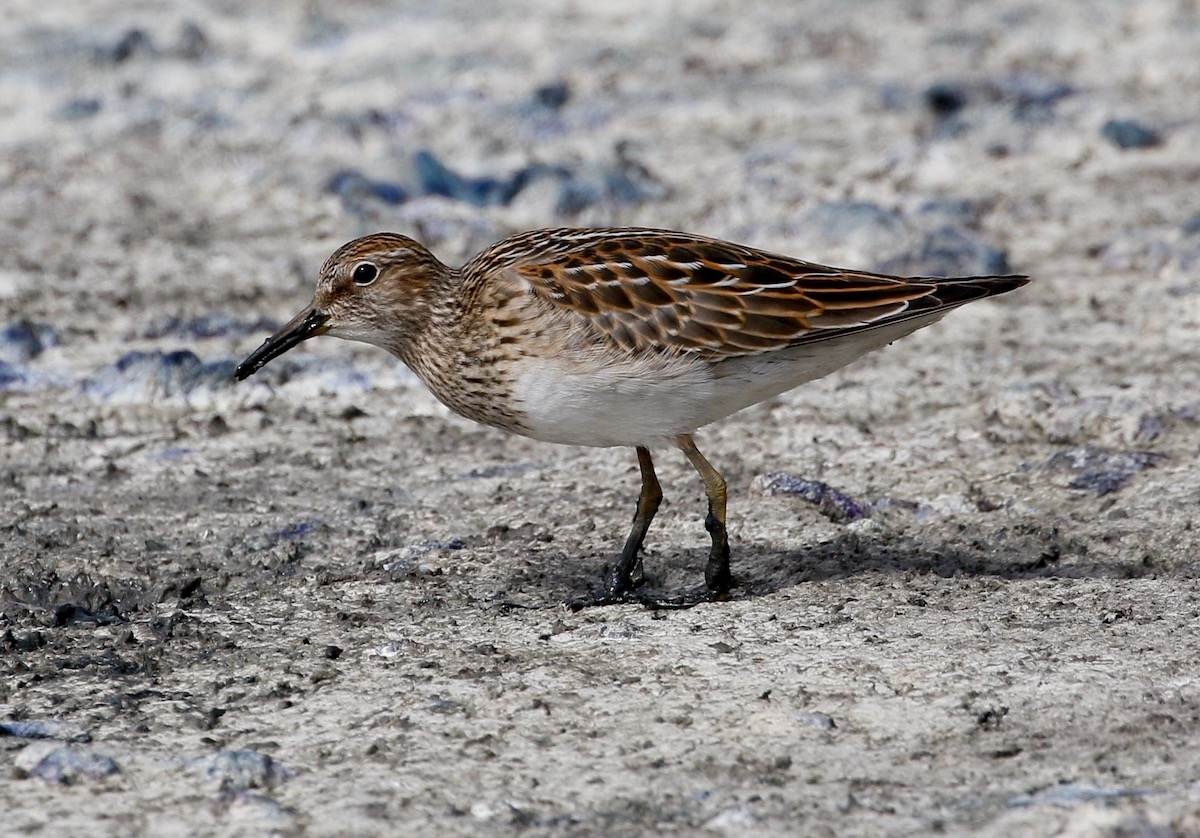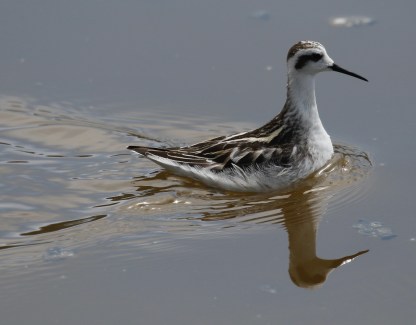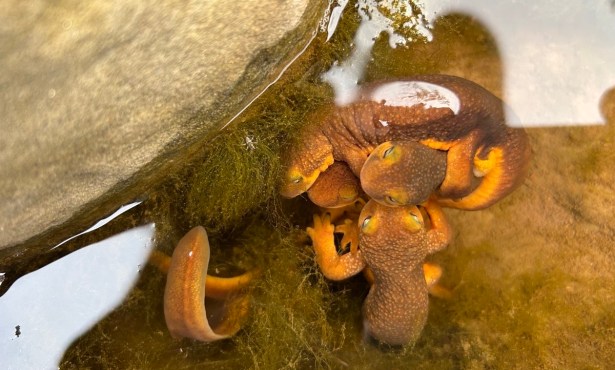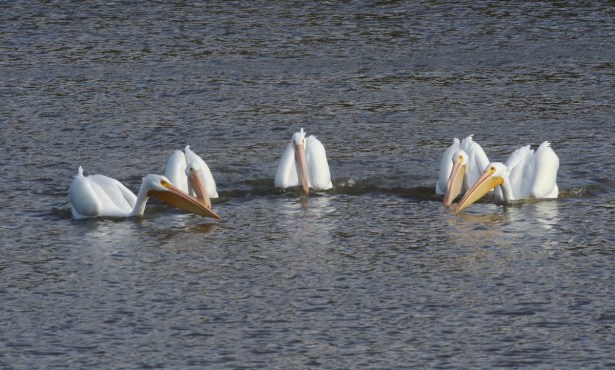Santa Barbara Birding: Fall Is Here and Shorebird Migration Is Rich This Year
Andrée Clark Bird Refuge Among Best Locations to Spot Seasonal Migrants

Fall migration is a huge event for birds and birders alike. For the myriad young of neotropical migrants, the season marks their first migration, which for some is a southward journey of many thousands of miles for which they’ve received no guidance save the information in their genes.
September and October gives us the opportunity to see many species unknown to our area at other times of the year. Unsurprisingly, some of these first-time travelers get lost, and it is these birds that often spark excitement for birders in coastal California. Fall is often the only time we get to see rare eastern North American birds, known as vagrants, that have taken a wrong turn in their migration.
Why would the coast attract more than its fair share of these wayward birds? The theory goes that these nocturnal migrants, whose compasses have somehow failed them, head west instead of south and find themselves over the open ocean as dawn arrives. Tired and hungry, they turn around in search of the first point of land.
This theory is borne out by observations from boats that are often circled by land birds; these birds will frequently come aboard. Recently, a birding boat that was far offshore in Santa Barbara County had a black-throated green warbler, a vagrant from the east, land on the deck to the delight of the passengers, whose main focus was on finding seabirds.
As of the time of writing, land-bird migration has been pretty slow in the county. To make up for it, shorebird migration has been quite good. Shorebirds tend to migrate earlier than land birds. One of the best spots in recent weeks for observing these travelers has been the Andrée Clark Bird Refuge. Because of the drought, the water level has receded significantly, leaving areas of soft mud for shorebirds to probe for invertebrates.
Sign up for Indy Today to receive fresh news from Independent.com, in your inbox, every morning.
Most of these birds breed in the Arctic and are stopping here for sustenance before continuing their migration south. The bulk of the shorebirds have been the western and least sandpipers, tiny birds colloquially known as “peeps.” Mixed among them have been a handful of semipalmated sandpipers, which have a more eastern distribution.
Larger shorebirds at the refuge include pectoral and Baird’s sandpipers, greater and lesser yellowlegs, short- and long-billed dowitchers, and American avocets. One of the special treats this fall season has produced has been the large numbers of red-necked phalaropes at freshwater sites along the coast. Usually these birds, which are adept swimmers, are found far out to sea; indeed, they winter in the tropical oceans. It is unknown why so many have been seen away from the usual ocean haunts.

Red-necked phalaropes have been plentiful at the Andrée Clark Bird Refuge. | Credit: Hugh Ranson
Phalaropes are known for spinning on the surface of the water; this stirs up the water and brings invertebrates to the surface. A couple of weeks ago, I counted more than 100 of these graceful birds swimming and spinning in loose groups in the brackish waters of the bird refuge.
Red-necked phalaropes only have the red throat in the spring and summer months; they lose the color in the fall, but they are still very elegant in their gray, black, and white plumage. Phalaropes, of which there are three species, are unusual in that the sex roles are reversed. Females are larger and more brightly colored than the males. After she has laid her eggs on the shore of an Arctic pond, he incubates the eggs and takes care of the young while she will often find a new mate to raise a second brood.
If you choose to go birding at the bird refuge, please watch your step. Recently, a woman walked out onto the mudflats and fell through the mud, up to her knees in the ooze below. Her husband and a birder couldn’t extricate her from the mud, so the Fire Department had to be called to get her out.
Support the Santa Barbara Independent through a long-term or a single contribution.




You must be logged in to post a comment.